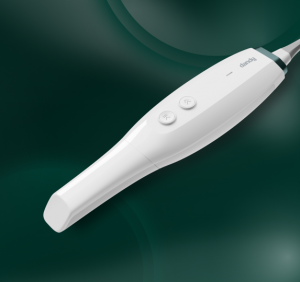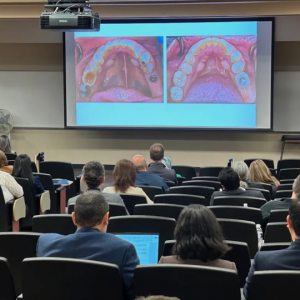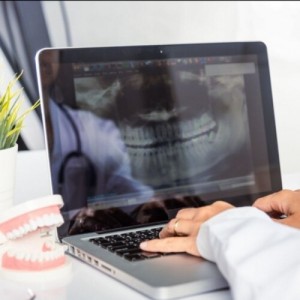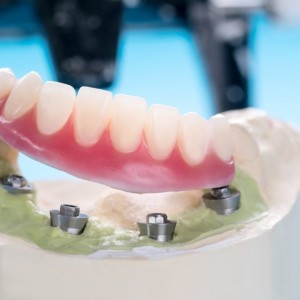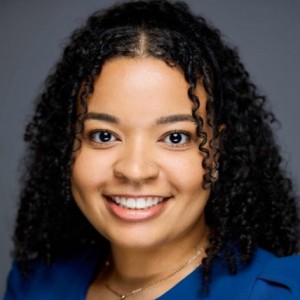
Dr. Nick Fahey: ‘My book is a love letter to guided surgery’
New manual available from Edra Publishing
Mary Guiden
Dr. Nicholas Fahey has created a timely manual that offers practical applications and solutions for simplifying dental implant cases. He is a specialist in prosthodontics and an expert in all aspects of implant dentistry, practicing in Woodborough House, located in Berkshire in Southeast England.
“Guided Surgery: Making Implant Placement Simpler” provides an overview of virtual surgical planning, offering a path for clinicians to learn more about the fascinating world of computer guided implant surgery. Fahey is the lead clinician for a team that practices a multidisciplinary approach to patient treatment and care. He is involved in all aspects of digital dentistry, in particular, using CBCT scans in conjunction with virtual implant planning software for computer-guided surgery. This approach allows for simplification of the surgical placement of dental implants. Also, more recently, Fahey has become interested in guided surgical navigation, 3D facial scanning and digital analysis of jaw movement in real-time using MODJAW. He has lectured worldwide on topics such as computer-guided surgery and virtual implant planning.
Fahey is also the co-founder of the Fitz Fahey Academy, an international group of dental educators that provides mentoring and comprehensive, progressive and interdisciplinary teaching with the aim of transforming clinical knowledge and understanding to transform patients’ lives. Learn more about his new book and order a copy on Edra Publishing’s site. This is the first part of a two-part interview.
Q: Tell us about your background – you’re a prosthodontist and implant dentistry expert. How did you get into this field?
Fahey: Initially I wanted to be a forensic pathologist like my great uncle Sir Sydney Smith after I had read his intriguing autobiography “Mostly Murder.” After growing up in New Zealand, my great uncle had worked all over the globe solving crimes. He was seen at the time as a modern-day Sherlock Holmes. Romantically in my mind, being a forensic pathologist would have been something akin to today’s TV show “CSI: Crime Scene Investigation.” From what I understand, Sir Arthur Conan Doyle’s character, Holmes, was based on a faculty member of Edinburgh University, Dr. Bell, who taught my great uncle when Smith studied forensic medicine. So, this is likely where he picked up his keen powers of deduction.
I also thought I might want to be a veterinarian and work with large animals. My family comes from a farming background and one of my uncles was a veterinarian. I imagined myself tipping around the countryside like James Herriot, the British veterinary surgeon and author of “All Creatures Great and Small.” Although I was accepted into vet school, I decided I wanted to have a go at getting into medical school. A requirement for medical school was two units of an arts subject. Everything was going reasonably well with all the science-y bits. However, foolishly - rather than take something easy as my arts subjects, I decided to pursue my keen interest in art history. I worked harder in those two courses than anything else I studied that year, but it was a challenge. My arts subject grades lowered my average enough that it meant that I just missed out on getting into medical school. Having turned down veterinary, what was I to do? My dad was an accountant, and his suggestion was that I pursue a career in dentistry. Although I was hesitant, when I turned up for the first day at dental school, an old friend, someone I have known since my days in the sand pit was sitting in the back row of the lecture hall. I laughed to myself and thought this is going to be a fun four years. As it turned out – not getting into medical school was to end up being a great result!
Q: You’re particularly interested in digital dentistry. What recent developments or tools are you using in that realm?
Fahey: We’re immersed in everything digital in my practice, but we’re not bound by it. Like some digital pioneers. We’re always looking to work smarter, not harder. Digital dentistry allows us to combine conventional workflows with digital ones to provide better, faster, safer, and more cost-effective care. It’s just much more sensible in many ways, too and patients love it.
Some of the tools I use on a daily basis include 3D facial scanners, intraoral scanners, surgical navigation devices and CBCT — which is a low dose CT scanner for the head and neck. MODJAW provides a fourth dimension. It can track jaw movement over time, which has been a missing element in a lot of the measurements we take in dentistry. We also use digital photos, laboratory and smile analysis software and further imaging to educate patients and as part of our consent process.
A key point to be made, is that we’re using all these devices because it makes the treatment safer and more predictable for patients (as well as the clinician) and it shows we’ve gone through a thorough process of obtaining the patients’ consent. That’s important if we need to justify a procedure to a third party at a later date.
Using these technologies speaks to a lot of younger dentists these days. Nowadays, if somebody wants to have a treatment or procedure, people expect you to show them the “why” behind what you’re advising, and they expect you to be great – so there’s not much room for learning as you go.
 Related articles
Related articles
Digital Dentistry 04 November 2025
Digitalisation is an expanding field in dentistry and implementation of digital teaching methods in dental education is an essential part of modern education.
News 03 November 2025
Dandy, a fully digital dental lab, today unveiled two new products for digital dentistry: the revolutionary Dandy Vision intraoral scanner and the powerful.
Editorials 02 October 2025
U-M School of Dentistry hosts national symposium on digital dentistry education
The University of Michigan School of Dentistry hosted a national Digital Dentistry Educators Symposium last week that drew faculty and leaders from 35 dental schools around the country.
Digital Dentistry 29 August 2025
Digital dentistry: The new state of the art — Is it disruptive or destructive?
Summarizing the new state of the art of digital dentistry, opens exploration of the type and extent of innovations and technological advances that have impacted – and improved – dentistry.
Endodontics 15 August 2025
Feasibility of Implementing Digital Dentistry Section in Dental Clinic of a Military Centre
Digital dentistry is not the wave of the future, it is happening now. Whether a dentist embraces the new technology determines the quality of treatment and possibly his future; for this reason,...
 Read more
Read more
Prosthodontics 17 November 2025
The purpose of this report is to describe a new technique to fabricate and deliver an implant-supported fixed prosthesis to the patient on the day of surgery, and to propose a protocol for the...
Editorials 17 November 2025
The Langkamp Allison Award recognizes a Pitt Dental Medicine third-year dental student interested in pursuing a career in dental education.
Products 17 November 2025
VELMENI today unveiled VELMENI Voice, an AI-driven voice recognition tool designed to transform periodontal charting and clinical documentation.
News 17 November 2025
Angelalign Technology Inc. (6699.HK) (“Angel”) recently announced the expansion of its flexible iOrtho platform to include direct integration with the Dexis, Shining 3D, and Panda scanners.
News 17 November 2025
Following the first FDA clearance for technology that measures internal mobility in teeth, Perimetrics CEO and Chairman Robert Hayman is once again leading dentistry into a new era with InnerView, a...




